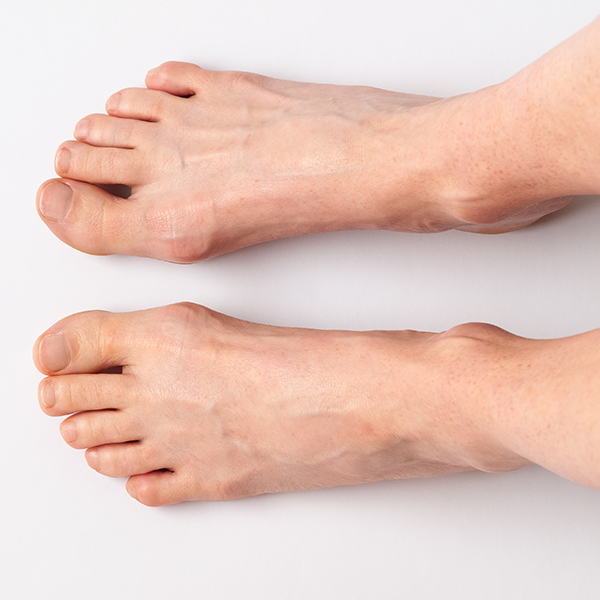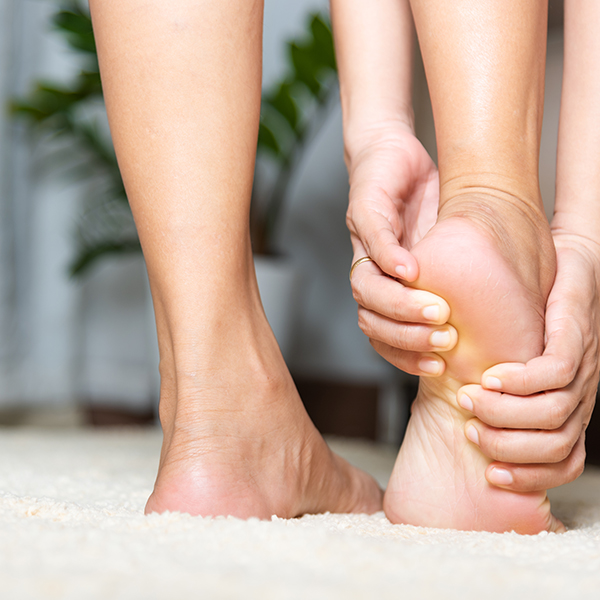Bunions
Bunions can develop with time and cause discomfort and pain that impacts your ability to walk. This common problem can be treated by an experienced podiatrist, so you shouldn’t hesitate to contact our team for information about available services. Rock Canyon Foot and Ankle is here to assist with all conditions relating to the feet and ankles.
Causes of Bunions
Bunions are bony growths that form on the big toe joint. If left untreated, bunions can continue to worsen over time. When a bunion forms on the outer area of the big toe joint, it is common for the skin to become red and swollen. The bump rubs on shoes throughout the day, often resulting in calluses that form in the affected area. Some people have consistent soreness, while other people find that the pain ebbs and flows depending on the day.
Doctors don’t fully understand the underlying cause of bunions. Certain risk factors have been identified. For example, the risk of bunions goes up due to trauma or injury to the foot. Also, certain shapes/types of feet seem to be more prone to the development of bunions. Some podiatrists believe that tight-fitting shoes can lead to bunion growth.
Treatment Options for Bunions
Early intervention can manage bunion growth and minimize the risk in the future. Common treatments include:
- Different Footwear: Buy new shoes that give your toes room to move as you walk. This recommendation is common for women who often wear restrictive heels and dress shoes.
- Bunion Pads: Soft pads can be applied to the bunion before putting on your shoes.
- Ice Treatment: Using ice on the affected area can help to reduce inflammation and pain.
- Orthotics: Shoe inserts can be custom-designed to match the shape of your foot, helping to reposition your big toe.
- Lifestyle Changes: Certain activities might be aggravating your bunion, such as spending a lot of time on your feet.
- Pain Relievers: Some patients choose to use over-the-counter medications to reduce pain and inflammation.
- Steroid Injections: Inflammation can be managed with the injection of corticosteroids.
- Surgery: If these noninvasive treatments don’t help, then it might be necessary to have surgery to remove the bony bump.
When to Talk to a Podiatrist about Bunions
Do you need to schedule an appointment with a podiatrist for bunion treatment? Sometimes, self-care treatments can be used as an effective option to reduce pain and symptoms. If you find that symptoms don’t improve with at-home treatment options, then it is time to talk to a Denver podiatrist.
Here are a few signs that it is time to schedule an appointment for bunions:
- A bump has formed on the joint of the big toe
- Consistent pain in the joint and bump
- Motion and movement of the big toe is limited
Are you interested in more information about bunion treatment? Our team at Rock Canyon Foot and Ankle is here to help! Contact us to schedule an appointment with an experienced podiatrist in Denver.











